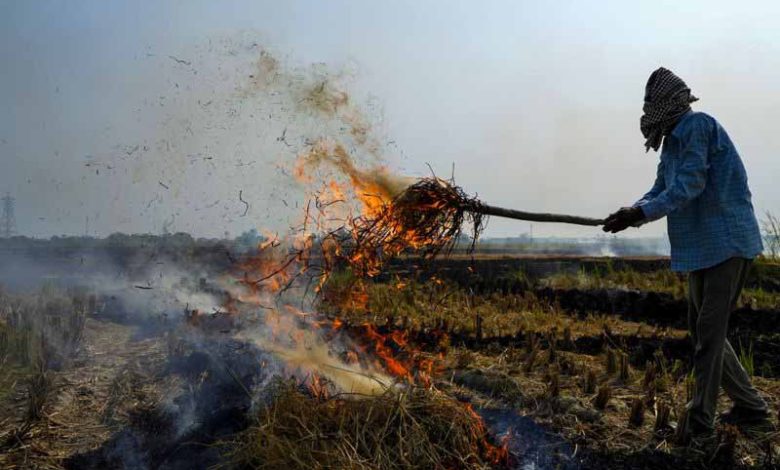Punjab: As the season nears its end, farm fires fall by 50%

Punjab: While Delhi blames Punjab for air pollution, at the end of the farm fire season, only 5,085 stubble burning cases were reported, compared to 10,443 last year. The reasons for this decline and the efforts being made indicate that Punjab is making significant progress in in-situ and ex-situ management of paddy stubble in 2025, building on efforts made in 2024 and lessons learned in previous years. A senior official from the Punjab Pollution Control Board said that the government has ensured proper utilization of the 148,000 crop residue management (CRM) machines distributed since 2018-19 and has provided a large number of custom hiring centers for small and marginal farmers. He further said, “In the Annual Action Plan, a target of 1,500 Custom Hiring Centers (CHCs) was set for 2025-26, compared to only 500 in 2024. Additionally, 22 Paddy Supply Chain Centers were established in the state in 2025 to strengthen the paddy supply chain.” Furthermore, mapping of CRM machines, real-time booking by farmers, daily reporting of machine usage by officials, and a single platform for machine rental ensured that in-situ management of paddy straw in the state increased from 6.45 million tons in 2020-21 to an estimated 11.4 million tons in 2025.
Another government official familiar with the development said that this year, about 80 percent of the total paddy acreage was under short- to medium-duration varieties, a significant increase compared to previous years. He said, “An incentive of Rs 1,500 per acre was provided for sowing paddy through direct seeding, which ensured that 2.93 lakh acres were sown through DSR.” Another PPCB official claimed, “Furthermore, ex-situ management (which includes industrial boilers, pelletization, CBG plants, biomass power) has increased from 0.92 million tonnes in 2020-21 to an estimated 7.06 million tonnes in 2025. Industrial boiler straw consumption has increased from 0.88 lakh tonnes in 2022 to an estimated 4.1 million tonnes in 2025. Pelletization plants have increased from 18 in 2024 to 37 operational plants in 2025, and 34 more plants are being installed, with a target annual consumption of 1.7 million tonnes. It is noteworthy that there were no pelletization plants in the state in 2020.”




